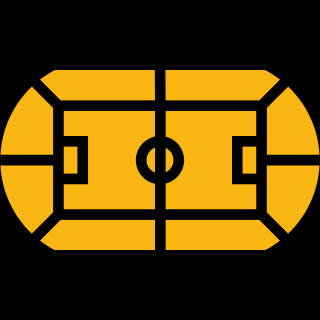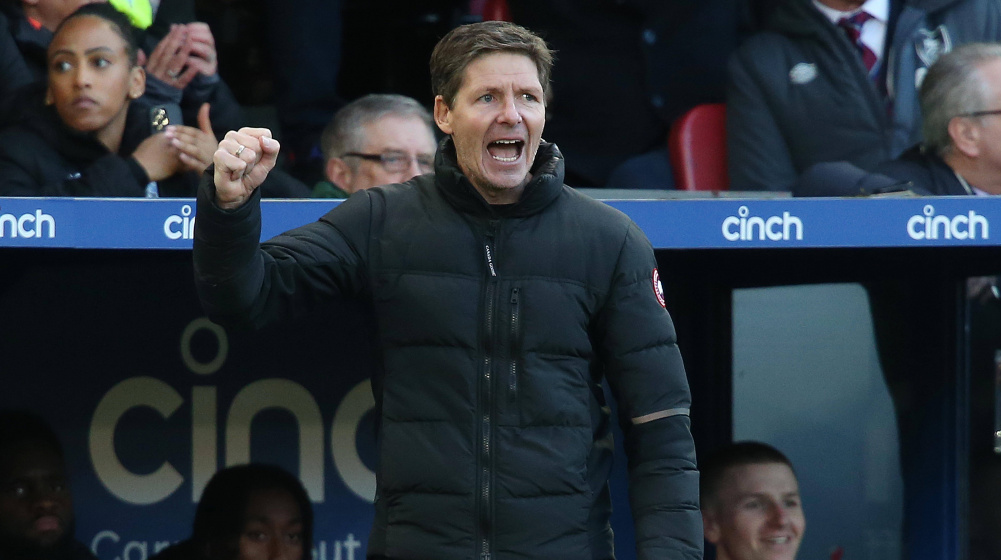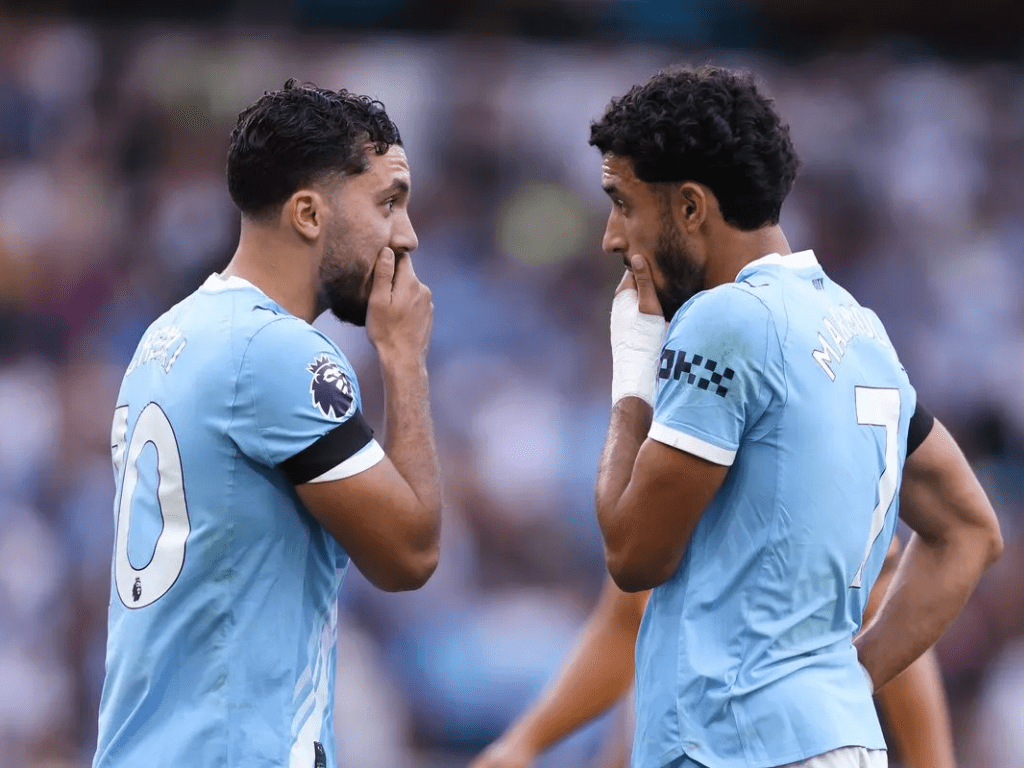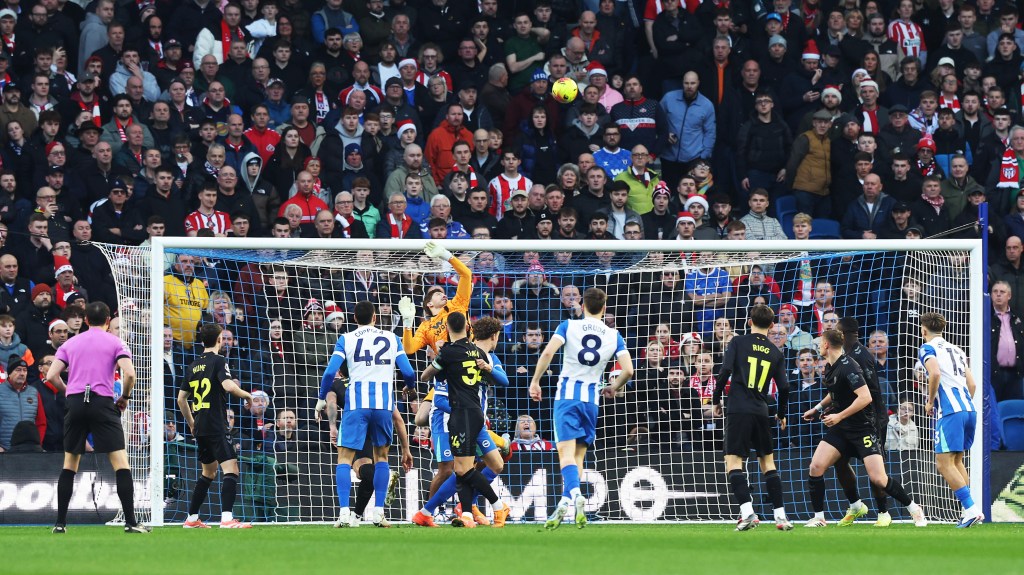When Crystal Palace appointed Oliver Glasner they were in 15th with no plan for the future. Fast forward to the end of the season and Palace finished 10th with a vision for next season and beyond.
Even with star players Michael Olise and Eberechi Eze destined for an exit, there is a feeling of progress around the club now, all thanks to Glasner. So how did he do it?
Embed from Getty ImagesBuild up play
In a low build up, Glasner sets up in a 4-2-5 where the goalkeeper becomes a centre back to create the back four which allows Palace to beat the press.
In a high build up, Palace set up in a 3-2-5 where the goalkeeper is not involved in the back line. There are two players in the midfield who link the play with the central attacking midfielders and overload central areas.
The benefit of having a high volume of players in central areas means that when the Eagles lose the ball they can press quickly and prevent being caught out.
Glasner likes his forwards to push high and wide to pull the opposition back line apart which allows his players to exploit space left behind.
Embed from Getty ImagesThe defensive approach
In a low press, Palace set up in a 5-2-3 mid-block; the idea is to close off any central options and to force the opposition out wide where there are fewer passing options.
It’s a very compact shape that’s difficult to break down and the high back line ensures that Palace remain close together. Palace usually have a high back line to help counter press when they lose possession. This prevents the opposition doing anything significant by way of chance creation with the ball and kills any momentum they are trying to build.
In a high press, Palace remain in a 5-2-3 and wait for pressing triggers such as a poor first touch. The press starts when the striker engages and the rest of the team follow as a unit, forcing the player on the ball wide.
Embed from Getty ImagesThe offensive approach
When going forward, Palace always aim to find the central attacking midfielders in pockets and due to the overloads in midfield, there is usally always an option. They will look for passes that break lines and allow players like Eze to receive the ball on the half turn and drive at the defence.
Another huge aspects of Palace’s approach is numerical advantages which is usually straightforward as their front five naturally overloads a back four which is typically used in English football. Glasner’s side often switch the ball from one wing to the other to create a 2v1 against an isolated full back.
Embed from Getty ImagesTransitions
When Palace win the ball back, they counterattack with speed, attacking the spaces between the centre half and full back. Due to their high tempo approach, Palace score many goals from overload situations.
Embed from Getty ImagesThe final third
In the final third Palace aim to attack the half spaces and overlap to create goalscoring opportunities. Once the ball is in a wide area, Palace play the ball into space for a teammate to run onto.
This is usually via an overlap but sometimes the full backs making underlapping runs too in order to keep the opposition guessing. Once the full back has received the ball, they either put a cross into the six-yard box or cut it back to the edge of the penalty area.
This is an approach that has worked well as Jean-Philippe Mateta, Eze and Olise have all reached double figures for goals scored in the Premier League this season.
Embed from Getty ImagesOverall, Glasner’s modern approach has transformed Crystal Palace very quickly. His emphasis on a well structured defence and quick transitions has been extremely effective.
Embed from Getty ImagesWritten by Isabelle Newnham






Leave a comment